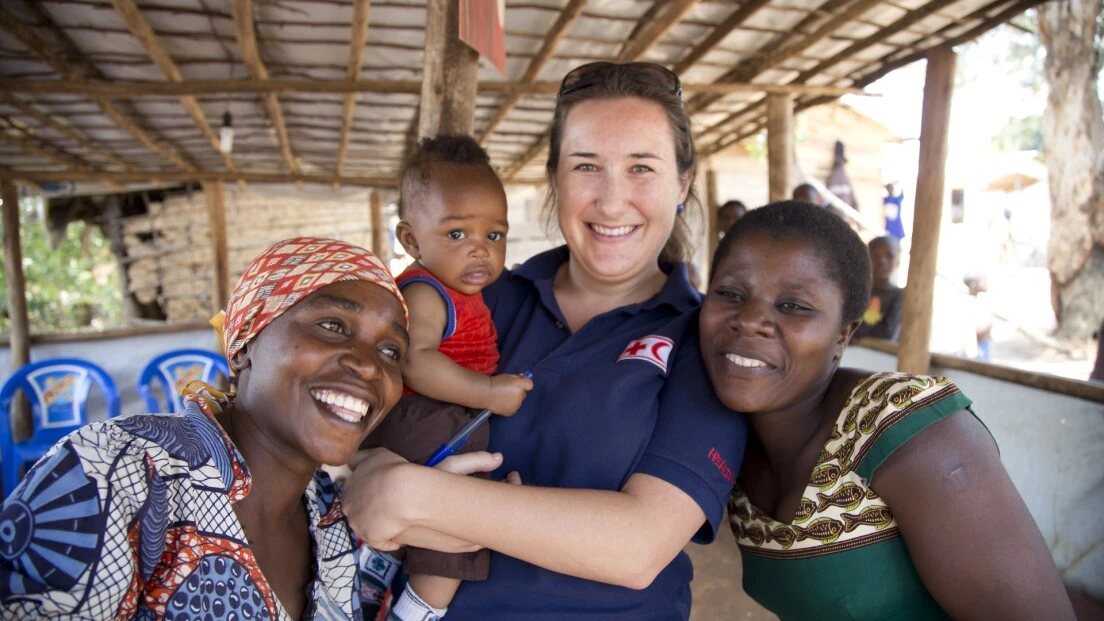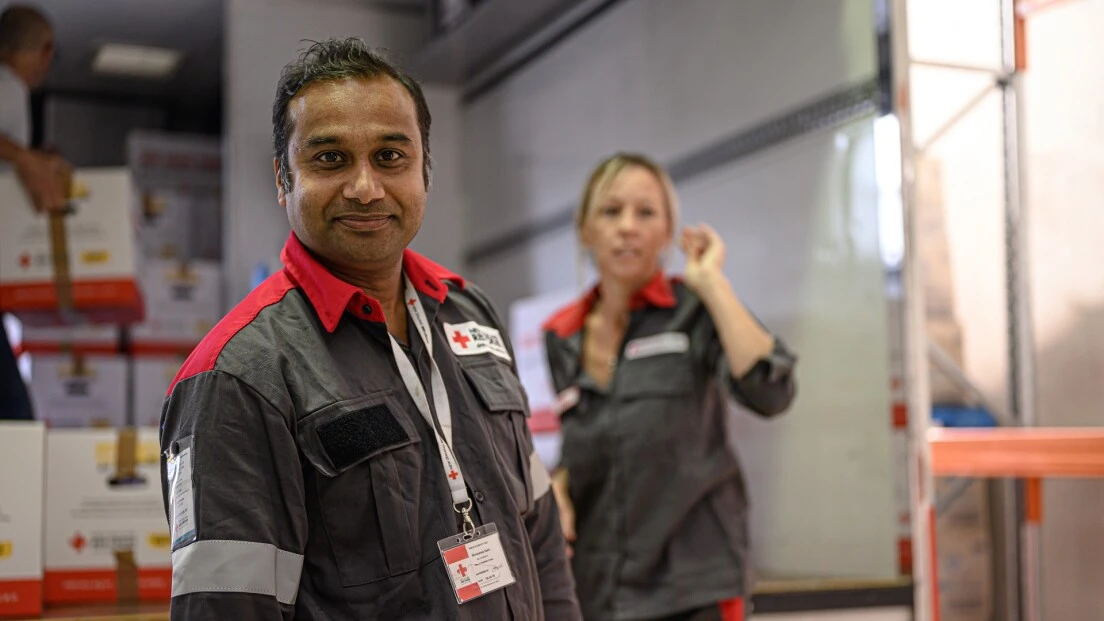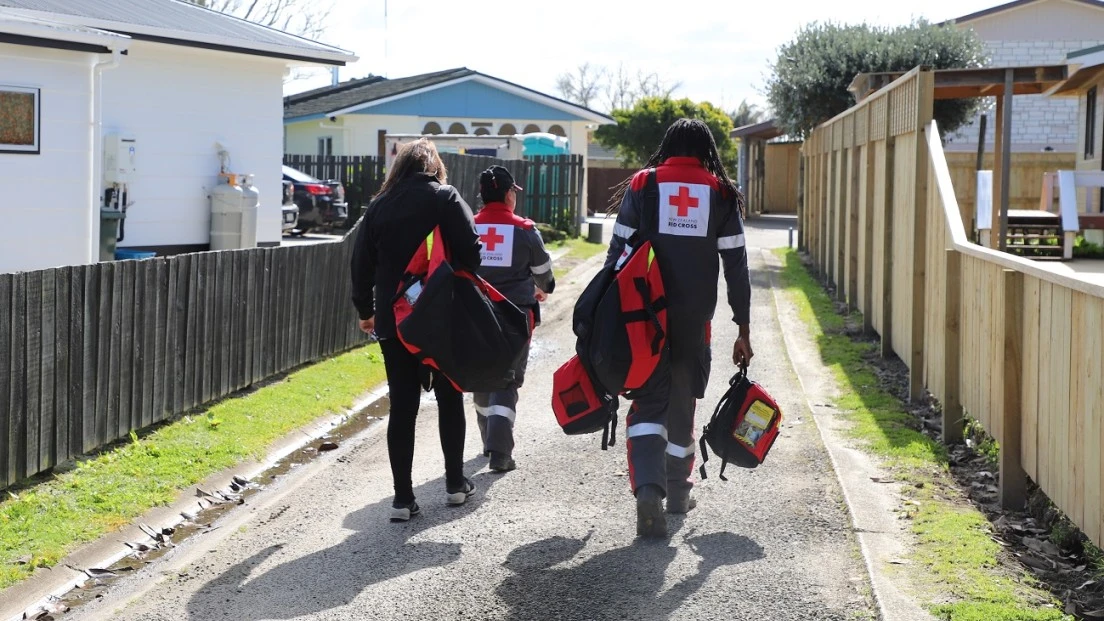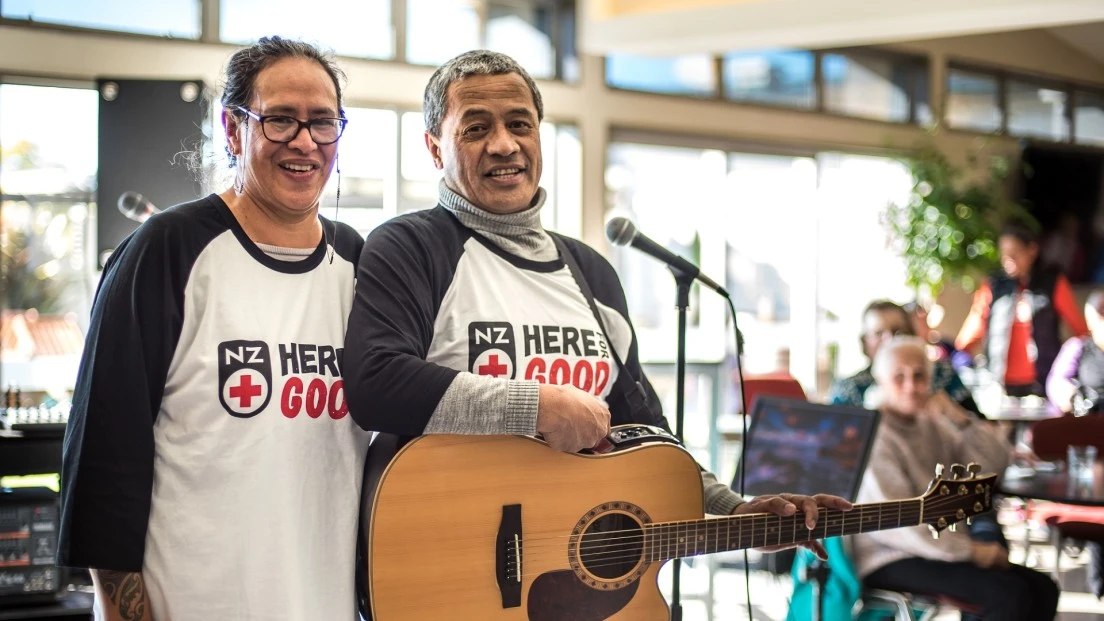About us

What we stand for
Our mission is to improve the lives of vulnerable people by mobilising the power of humanity and enhancing community resilience.

Who we are
Find out how New Zealand Red Cross is run, learn about our history, our funding and the international Red Cross movement.

What we do
Find out about our strategic direction and the impact our work has in New Zealand and overseas.

News
Read inspiring stories about our wonderful volunteers and our impact in New Zealand and overseas. Find our latest media releases, reports and publications, and resources for journalists.

Contact us
Explore our locations across Aotearoa and how to contact a member of the team.
